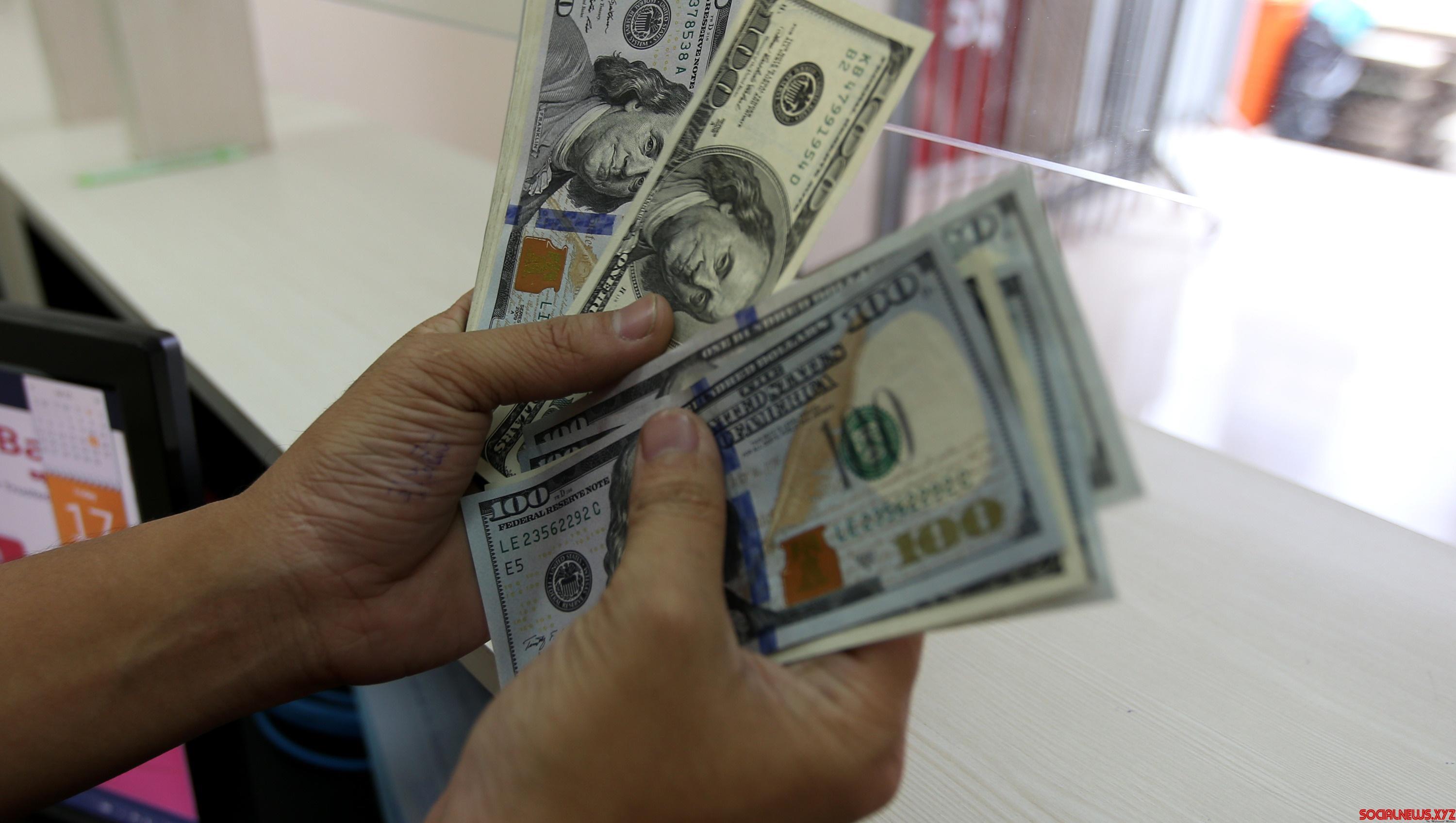In a world of ever-changing global markets, the strength of a nation’s economy is intimately tied to its foreign exchange reserves. These reserves serve as a safety net, enabling countries to navigate economic turbulence, support international trade, and maintain their financial sovereignty. India, a rapidly growing economy with global aspirations, is no exception to this fundamental principle. In this comprehensive guide, we delve into the intricate world of India’s forex reserves, unveiling their composition, significance, and the crucial role they play in shaping the nation’s economic destiny.

Image: www.pinterest.com
Understanding India’s Forex Reserves
Foreign exchange reserves, also known as forex reserves, are a stockpile of foreign currencies, gold, and other financial assets held by the central bank of a country. India’s forex reserves are primarily managed by the Reserve Bank of India (RBI), the country’s central banking institution. These reserves are a crucial component of India’s financial infrastructure, providing a cushion against external economic shocks and ensuring the stability of the country’s currency, the Indian rupee.
Composition of India’s Forex Reserves
India’s forex reserves are a diverse mix of assets, each playing a specific role in maintaining the nation’s financial health. The composition of these reserves has evolved over time, reflecting changes in global economic conditions and India’s evolving financial landscape.
- Foreign Currency Assets (FCA): FCAs account for a significant portion of India’s forex reserves. They include various foreign currencies, such as the US dollar, euro, pound sterling, and Japanese yen, held in deposits with foreign banks and invested in foreign debt instruments.
- Gold: Gold has traditionally been a cornerstone of India’s forex reserves, reflecting the country’s cultural and economic affinity for the precious metal. The RBI holds a substantial amount of gold in physical form, which serves as a hedge against inflation and acts as a store of value.
- Special Drawing Rights (SDRs): SDRs are an international reserve asset created by the International Monetary Fund (IMF). India holds a portion of its reserves in SDRs, which can be used to supplement foreign exchange reserves and provide additional liquidity in times of need.
- Reserve Tranche Position (RTP): The RTP is an account maintained with the IMF that reflects India’s net lending to the organization. The RTP can be drawn upon in cases of balance of payments difficulties or to supplement other reserve assets.
Significance of India’s Forex Reserves
India’s forex reserves play a pivotal role in safeguarding the country’s economic stability and bolstering its growth aspirations. These reserves are instrumental in achieving several key objectives:
- Maintaining Exchange Rate Stability: Forex reserves provide the RBI with the financial firepower to intervene in the foreign exchange market to maintain the stability of the Indian rupee. By selling or buying foreign currencies, the RBI can influence the value of the rupee, ensuring that it does not fluctuate excessively and undermine economic growth.
- Defending Against External Shocks: Forex reserves act as a buffer against external economic shocks, such as global recessions, currency crises, or geopolitical turmoil. By drawing down on its reserves, India can temporarily finance essential imports and support its import-dependent industries during times of economic stress.
- Promoting International Trade: Adequate forex reserves inspire confidence among foreign investors and facilitate international trade by ensuring that India has the necessary foreign currencies to pay for its imports and meet its foreign exchange obligations. This promotes economic growth and integration with the global economy.
- Ensuring Financial Sovereignty: Robust forex reserves enhance India’s financial sovereignty by reducing its dependency on foreign borrowing and affording the country greater flexibility in managing its economic policies. They enable India to withstand external pressures and pursue its development goals without compromising its economic independence.

Image: www.gkseries.com
Recent Trends in India’s Forex Reserves
In recent years, India’s forex reserves have witnessed a significant increase, mirroring the country’s growing economic strength and the strengthening of its international trade position. Here are some key trends to note:
- Steady Growth: Since 2014, India’s forex reserves have grown steadily, crossing the significant milestone of $600 billion in 2021. This growth reflects India’s strong macroeconomic fundamentals, rising foreign direct investment, and positive trade balance.
- Diversification: The RBI has made conscious efforts to diversify India’s forex reserves, reducing the reliance on any single foreign currency. In 2023, India held a mix of US dollar (approximately 53%), euro (21%), pound sterling (13%), and other currencies (13%).
- Gold’s Role: Despite the Reserve Bank of India selling some of its gold reserves, India maintains significant holdings of gold (approximately 400 tons) as a hedge against inflation and as a strategic reserve.
Expert Insights and Actionable Tips
To provide a deeper understanding of India’s forex reserves, we turned to the insights of experts in the field of international finance and economics:
- Mr. Rajeshwari Sengupta, Former RBI Deputy Governor: “India’s forex reserves have been a pillar of resilience during times of global economic uncertainty. Maintaining these reserves at a healthy level is crucial for safeguarding the country’s economic interests and pursuing its goals of sustainable growth.”
- Ms. Radhika Rao, Chief Economist, DBS Bank: “India’s forex reserves provide the necessary firepower to absorb external shocks and maintain exchange rate stability. The Reserve Bank of India’s proactive management of these reserves has contributed to the stability of the Indian rupee, bolstering the confidence of investors and businesses alike.”
India’S Forex Reserve Consist Of
Conclusion
India’s foreign exchange reserves stand as a testament to the country’s economic resilience, financial sovereignty, and global aspirations. They serve as a vital lifeline, safeguarding India against external economic shocks, promoting international trade, and ensuring the stability of the Indian rupee, the bedrock of the nation’s economy. As India continues on its growth trajectory, the strength of its forex reserves will undoubtedly remain a critical factor in driving its economic success and empowering its citizens.






